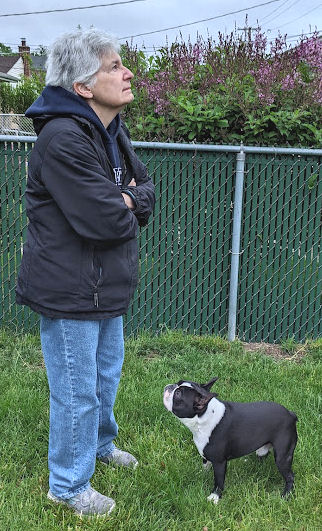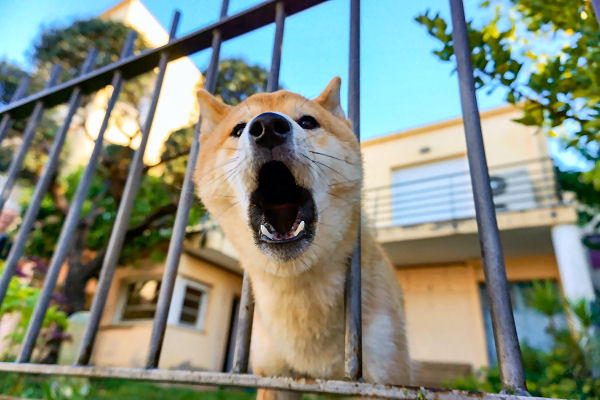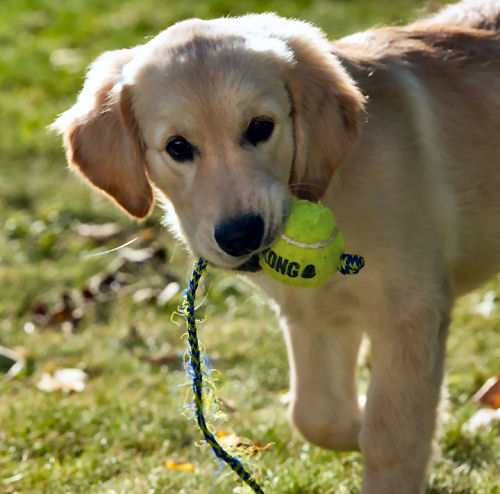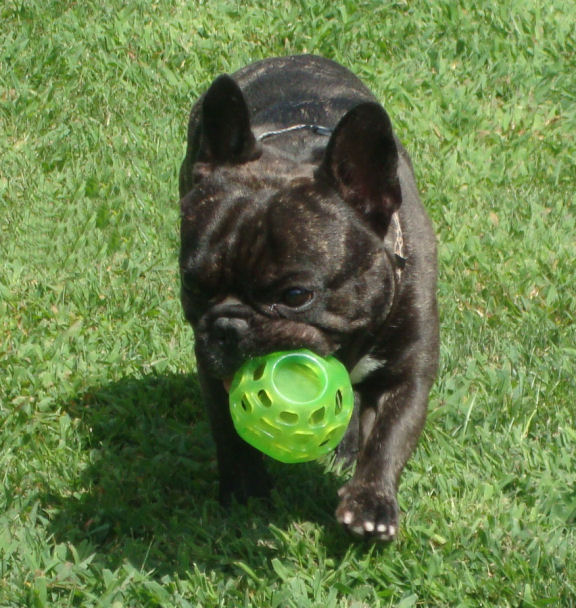One of the most annoying dog behaviors is barking for attention. Almost all dogs vocalize to get their owners to focus on them. And the natural, human reaction is to pay attention when someone “talks” to you. So the dog’s barking works. So, how do your stop your dog barking for attention?
Last week we covered how to stop a dog’s constant barking at outside influences. That’s different from barking for attention.
The best way to get a dog to repeat a behavior, any behavior, is to reward it. By paying attention when the dog barks or whines at you, you’re rewarding it. So it happens. Again. And again. And again.
Are you barking at me?
Your dog doesn’t know that barking at you is rude. Any house manners dogs have are taught. Dogs may know how to behave among other dogs. They have no idea of polite behavior in human society. To expect anything else isn’t fair to them.
When you react to your dog’s whining or barking by talking to them, even if it’s shouting “Shut the heck up!,” your dog sees “winning.” They think you’re participating in the conversation. Dogs don’t understand the difference between “good” attention and “bad” attention. They just know they have yours, and they love it.
So how do you teach your dog to stop barking at you? The concept is simple, and it works. That doesn’t mean it’s easy. It requires you to do the most difficult part of dog training. Do nothing. Be still and quiet.
Not the most fun game

This isn’t a training game you can plan, or schedule. You don’t prepare by getting your clicker and treats. You just play it every single time your dog barks or whines at you.
When your dog barks at you, stop what you’re doing. Stand still, fold your arms across your chest, and stare at the ceiling. If your dog persists, or even intensifies by pawing at you or jumping, turn your back. If it continues, walk away. Go to the bathroom if you have to and close the door behind you (dog on the other side).
If/when your dog is quiet, reward (with petting if you have no treats with you) and pet your dog, saying “Good Quiet!” If the dog starts up again, pretend you’re a statue looking at the stars.
This isn’t a game that your dog will particularly like. But it’s an important one for a peaceful life with your dog. Be sure to start being a statue as soon as the dog mouths off. And the reward comes the instant the dog is quiet. The picture you paint for your dog is everything. Noise gets no attention whatsoever. Quiet gets love in abundance.Show your dog a clear contrast and they’ll learn more quickly.
Everyone on board
Some of the people in your household may be slow to get with the program. It’s up to every individual to show the dog how to treat them. When you’re the only one your dog doesn’t bark at, maybe they’ll see the value. Dogs are smart. They’re perfectly capable of different relationships with every member of the family. Just like a human child, if it doesn’t work with “Mom,” they’ll go try it with “Dad.”
You can’t change your dog’s relationship with anyone but you. Teach your family members how to train the dog not to bark – but it’s up to them to follow through. Ignoring the persistent whining or barking is hard. We understand that. But if it’s working for the dog, he/she has no reason to stop doing it. Give him a reason.



